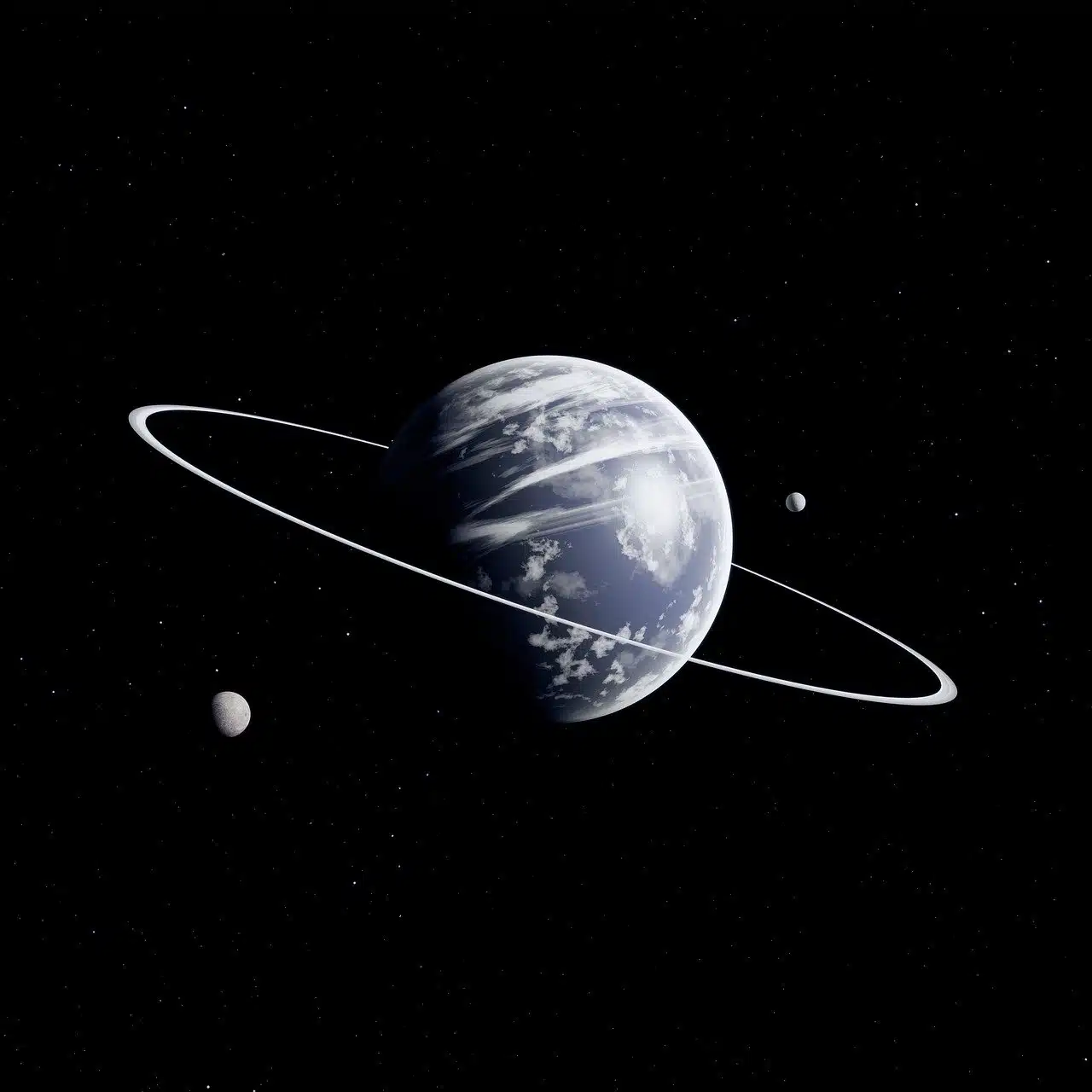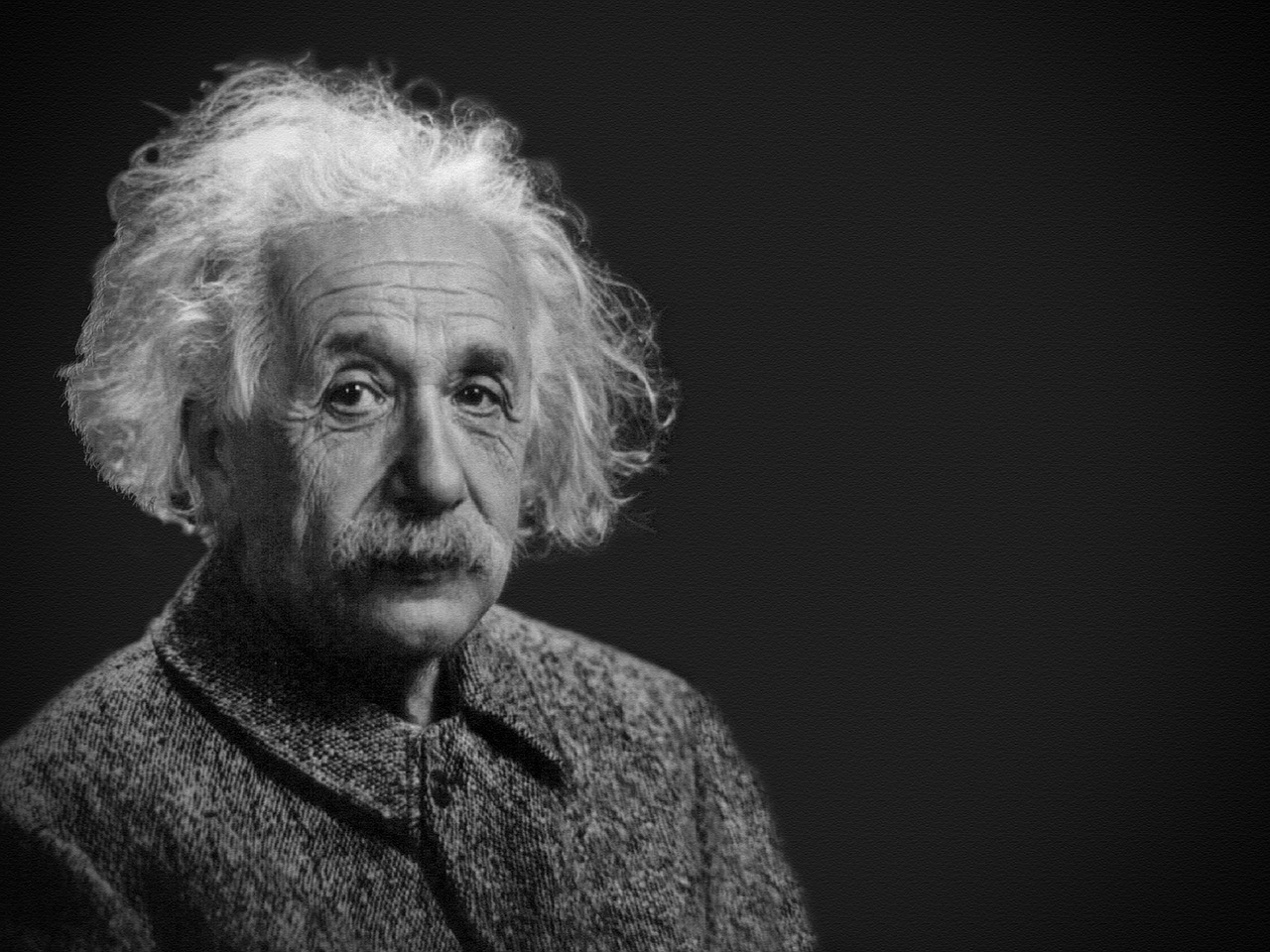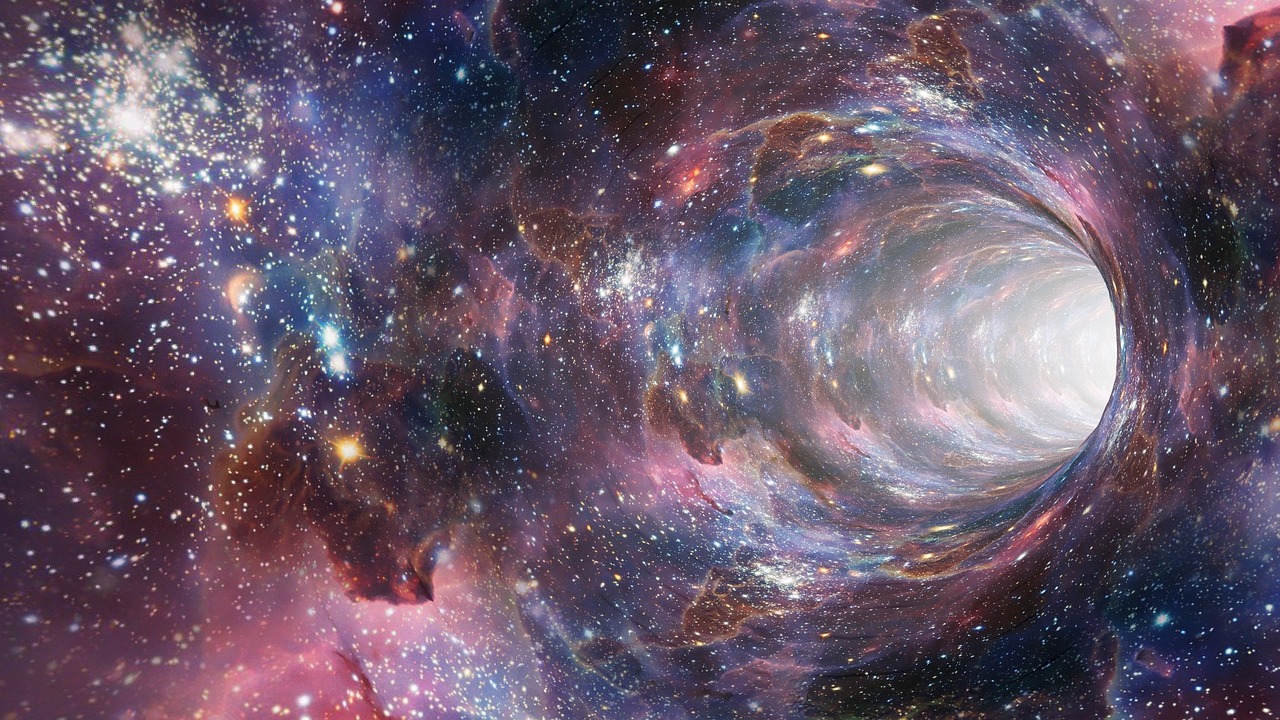
The movement of the planets and of each body throughout the universe is best understood and studied from the law of universal gravitation.
The law of universal gravitation is a legacy of Isaac Newton , an English scientist who included it in "Philosophiae Naturalis Principia Mathematica" , a work of his authorship that came to light in mid- 1687 . This content of great significance throughout history marks the link of proportionality that is established between the mass of two elements and the power ( gravitational force ) with which they attract each other.
Formally, the statement establishes that the force of attraction between a pair of objects is proportionally inverse to the square of the distance that distances them but is proportional to the product that arises from their masses .
As can be seen from the theory and practical applications of this postulate, this law has favored analyzes of how bodies move within the universe and, specifically, contributed to the validation of the so-called Kepler laws . The latter were formulated by the German mathematician and astronomer Johannes Kepler , who described at a mathematical level the movement of planets with orbits around the sun. The initial premise maintains that each planet , when moving around the sun, describes an elliptical orbit and the luminous star is located at one of the focuses of said ellipse .
Particularities of the law of universal gravitation
To fully appreciate the characteristics and scope of the law of universal gravitation , we are going to detail some of its particularities and limitations.
It is interesting to know, for example, that this old law is not applicable at a certain level of mass (as happens when working with supermassive objects), a situation that finds a solution using the general theory of relativity promoted by the German physicist Albert as an effective resource. Einstein . From it arises the idea of the curvature of space-time , which understands that gravity ends up being the corollary of the curved geometry of space-time .
On the other hand, it should be noted that, both in Newton's postulate and in Einstein 's statement, the gravitational constant (G) is relevant, a value obtained empirically that establishes the intensity of the force of gravitational attraction between certain elements. As only the precision of the initial decimal figures of this constant was verified, it is not possible to make an exact measurement of the mass held by various components of the solar system .

Albert Einstein first launched the theory of special relativity (or restricted relativity) and, later, the theory of general relativity.
In this regard, we must remember that Henry Cavendish has been a key figure in being able to begin to estimate the value of G. Although he did not deal directly with the subject, having built a torsion balance within the framework of his research aimed at establishing terrestrial density. The Cavendish Experiment was named after that experiment whose results have been used to determine the figure associated with said fundamental physical constant.
Another fact that adds enriching information refers to the centripetal force that Newton understood as the key to the movement of planets around the sun, relating it to the gravitational attraction that involves both objects.
gravitational waves
Gravitational waves are a concept of enormous antiquity but of inexhaustible validity. Albert Einstein alluded to them through the theory of relativity and, over the years, there were discoveries around this issue conceived as a deformation of space-time .
In February 2016, the first detection of gravitational waves linked to the merger of black holes was officially announced, a discovery made possible by the unification of the resources of the LIGO observatory, the Geo600 detector and the VIRGO interferometer.
It is exciting to delve into the definition and characteristics of black holes because they give identity to a finite area of space that houses a high level of mass capable of creating a powerful gravitational field from which, except in certain exceptional contexts, no radiation or particles manages to escape.
Space and time take on a lot of prominence within this theme, which also covers issues such as wormholes (a type of bridge or structure that connects at least a couple of extremes and where matter can move) and string theory (a set of hypotheses with scientific support although subject to controversy that interprets each subatomic particle as a vibrational state ).
Likewise, examining and establishing the mass of black holes in the stage before the merger occurs provides useful references in relation to stellar evolution .

Through a wormhole , some experts believe, a pair of black holes could connect. They are even studied, thinking about the possibility of being able to travel through space-time through them.
More considerations on the law of universal gravitation
To complement the information offered above, before concluding this article we will provide more considerations about the law of universal gravitation .
Having universal gravitation as a starting point, it is possible to differentiate between real weight and apparent weight according to the place where one is located (influenced by sea level, height, and the gravitational attraction exerted by planet Earth on a certain element). Focusing on the force of gravity we will arrive at one of its side effects: the tidal force . This arises as a result of the difference that is observed in terms of gravitational force deployed along the entire diameter of a body. To specifically describe this notion, we must remember that the gravitational field produced by the sun or the moon is not completely homogeneous, so there are points more or less close to the aforementioned celestial bodies .
